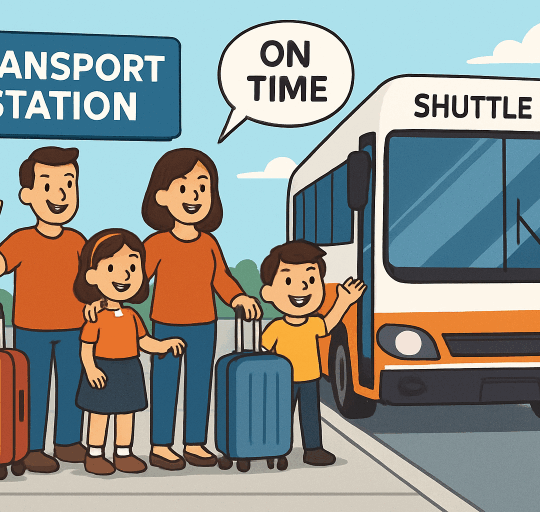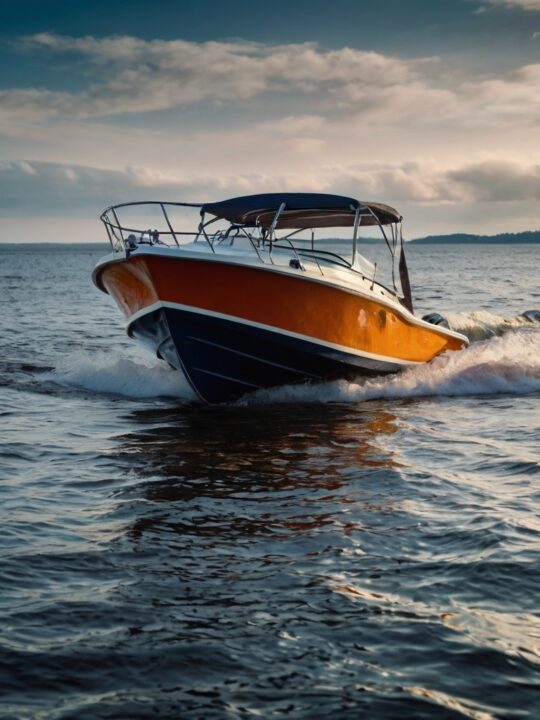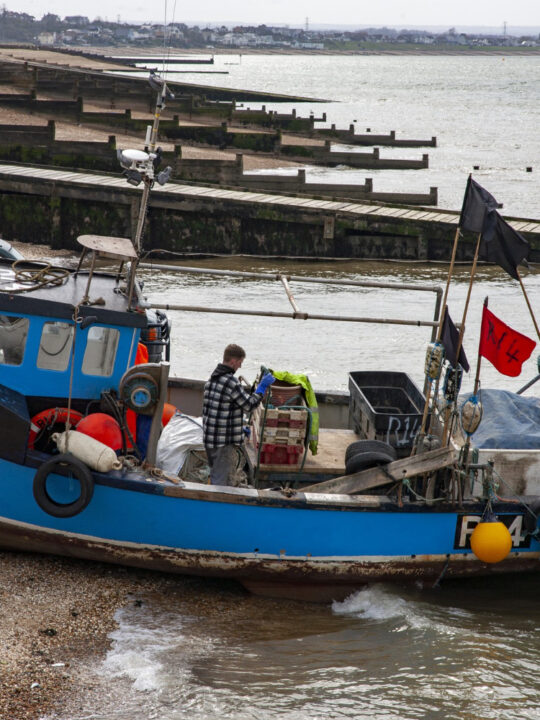Nepal packs an incredible variety of trekking experiences into a relatively small country. The four major regions – Annapurna, Everest, Langtang, and Manaslu – each offer distinct mountain scenery, cultural experiences, and difficulty levels. Choosing between them can feel overwhelming when they all look amazing in photos.
The right region depends on what matters most to you: the specific mountains you want to see, how much time you have, your fitness and experience level, whether you prefer popular trails or remote paths, and what kind of cultural experiences appeal to you. There’s no single “best” region, just the best one for your particular situation and interests.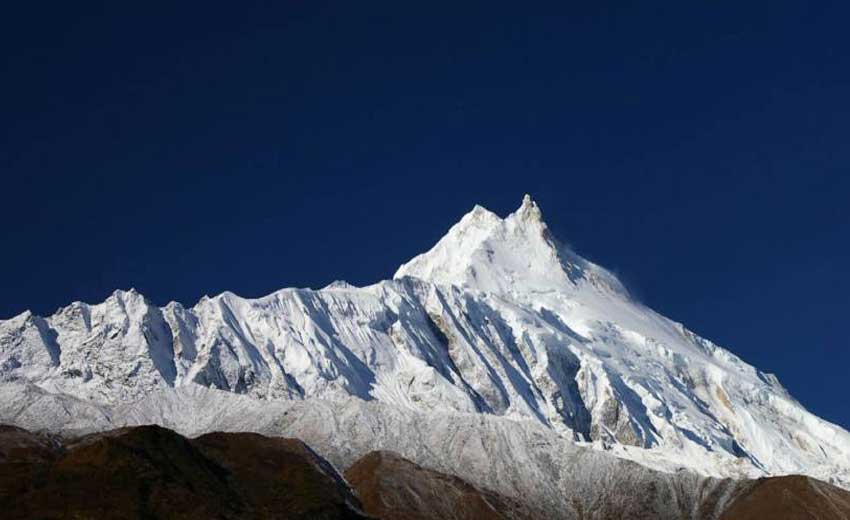
Table of Contents
Annapurna: The Most Varied and Accessible
The Annapurna region offers the widest range of trekking options, from short 4-5 day routes to the full 15-20 day circuit. This variety makes it popular with first-time trekkers and experienced hikers alike. The infrastructure is well-developed with plenty of teahouses, and access from Pokhara is straightforward.
The scenery is incredibly diverse. You’ll walk through subtropical forests, terraced farmlands, traditional villages, and eventually reach high mountain terrain with massive peaks surrounding you. The Annapurna Base Camp Trek takes you into a stunning mountain amphitheater where you’re surrounded by 7,000+ meter peaks – it’s one of the most photogenic spots in the Himalayas.
The cultural aspect is strong here too. The region is home to Gurung and Magar communities, and you’ll pass through villages where traditional life continues much as it has for generations. The mix of Hindu and Buddhist influences creates interesting cultural variety as you trek.
Difficulty varies by route. Poon Hill can be done by almost anyone with basic fitness. ABC requires good fitness but is manageable for most healthy people. The full Annapurna Circuit with Thorong La Pass at 17,769 feet is genuinely challenging and demands proper acclimatization.
The main downside is crowds on popular routes, especially during peak season. ABC and the circuit see heavy traffic. But the region is large enough that you can find quieter alternatives if solitude matters to you.
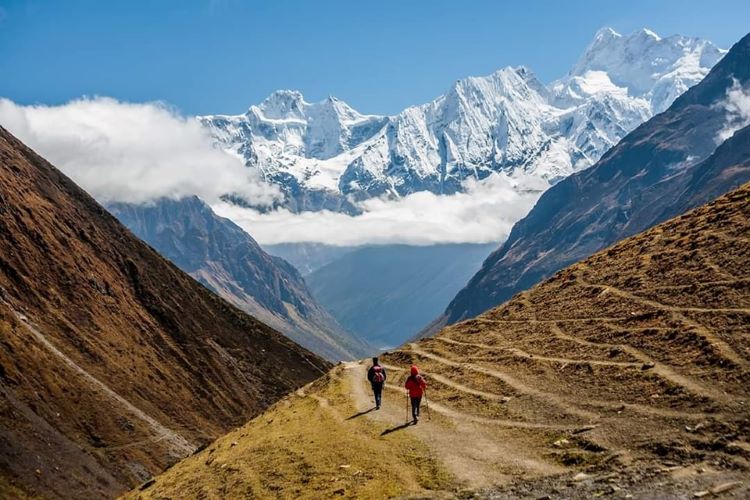
Everest: The Ultimate Mountain Destination
Trekking in the Everest region carries special significance – you’re walking in the shadow of the world’s highest mountain. That draws people from around the globe, making it the most famous trekking area in Nepal and probably the world.
The mountain views are spectacular, with multiple 8,000-meter peaks visible throughout the trek. Ama Dablam, Lhotse, Nuptse, and of course Everest itself dominate the skyline. The scale of the mountains here is almost hard to process – they’re just massive.
Sherpa culture is the main cultural draw. Namche Bazaar, Tengboche Monastery, and other stops along the route provide insight into the people who’ve made high-altitude mountaineering possible. The history of Everest expeditions adds another layer of interest for anyone fascinated by climbing history.
The Everest Base Camp trek is challenging but achievable. It’s longer than ABC (typically 12-14 days) and reaches higher elevation (18,192 feet at Kala Patthar viewpoint). The altitude affects most people more than on Annapurna treks. But the trail is well-established with good teahouse infrastructure.
Getting there requires a small plane flight to Lukla, which can be delayed by weather. This adds logistical complexity and potential schedule issues. The region is also more expensive than others due to transportation costs and higher teahouse prices.
Crowds are significant, especially on the main EBC route. During peak season, teahouses fill up and popular viewpoints get packed. If you want a classic Himalayan experience with fewer people, Everest might not be ideal.
Langtang: The Close and Beautiful Alternative
Langtang doesn’t get the same attention as Annapurna or Everest, but it offers excellent mountain scenery just a day’s drive from Kathmandu. This accessibility makes it perfect for people with limited time or those who want to avoid the Lukla flight.
The Langtang Valley trek is beautiful and less crowded than the big-name routes. You’ll walk through forests, villages, and high valley terrain with impressive peaks on all sides. Langtang Lirung (23,711 feet) dominates the skyline, and the setting feels intimate compared to the vast scale of Everest.
The region was hit hard by the 2015 earthquake, and some villages were destroyed. Rebuilding has happened, but the area is still recovering. Trekking here now actually helps local communities that depend on tourism income.
Culturally, you’ll experience Tamang communities with Tibetan Buddhist influences. The area feels more remote and traditional than the heavily-touristed parts of Annapurna, even though it’s geographically closer to Kathmandu.
Difficulty is moderate. The standard Langtang Valley trek reaches about 12,500 feet, which is lower than ABC or EBC. You can extend it to Gosainkunda Lakes or over Laurebina Pass for more challenge. The shorter treks here work well for people with 7-10 days available.
Teahouse infrastructure is good but not as developed as Annapurna or Everest. You’ll find what you need, but there are fewer options. For some people, this is actually a plus – it feels more authentic and less commercial.
Manaslu: Remote and Challenging
The Manaslu Circuit is the least developed of the four major regions, which attracts trekkers looking for a more remote and adventurous experience. You’ll see far fewer people on the trail compared to the other regions.
The mountain scenery rivals anything in Nepal. Manaslu (26,781 feet) is the eighth-highest mountain in the world, and the circuit takes you around it with incredible views from multiple angles. The landscape varies from subtropical valleys to high alpine terrain.
This region requires a restricted area permit and a registered guide, so you can’t trek independently. This adds to costs but also ensures proper support. The regulations help control numbers and maintain the area’s remote character.
Culturally, the trek offers a mix of influences as you start in Hindu areas and move into Tibetan Buddhist regions. The villages feel genuinely remote, and tourism hasn’t changed traditional life as much as in more popular areas.
The Manaslu Circuit is challenging. Crossing Larkya La Pass at 17,100 feet is demanding, and the overall trek requires good fitness and previous trekking experience. The infrastructure is more basic than other regions, with simpler teahouses and fewer amenities.
Weather can be more unpredictable, and the pass can be dangerous in bad conditions. You need flexibility in your schedule and proper gear. This isn’t the place for your first Himalayan trek, but for experienced trekkers, it’s incredibly rewarding.
Making Your Decision
Start by honestly assessing your experience and fitness level. If you’re new to multi-day trekking, Annapurna (particularly shorter routes like ABC or Poon Hill) or Langtang make the most sense. Everest and Manaslu are better suited for people who’ve done some trekking before.
Consider your time frame. Langtang works well for 7-10 days. Annapurna offers options from 5 days to 3 weeks depending on which route you choose. Everest typically needs at least 12 days. Manaslu requires 14-18 days.
Think about what matters to you experience-wise. If seeing Everest is a dream, then Everest region is obvious despite the crowds and cost. If you want remote trails, Manaslu or parts of Langtang deliver that. If you want variety and options, Annapurna’s hard to beat.
Budget plays a role too. Langtang and Annapurna are more affordable. Everest costs more due to flights and higher prices. Manaslu has guide requirements and permit fees that add cost.
The best choice is usually the one that excites you most when you research it. All four regions offer incredible experiences. You can’t really go wrong – you’re going trekking in the Himalayas, which is pretty amazing regardless of which specific mountains you’re walking beneath.
Season and Timing Considerations
All four regions follow similar seasonal patterns. October-November and March-May are peak trekking seasons with the best weather and clearest mountain views. Crowds are heaviest then too.
December-February is colder, especially at higher elevations, but you’ll have trails largely to yourself. Spring offers blooming rhododendrons in lower elevations, particularly beautiful in Annapurna and Langtang.
Monsoon (June-September) is generally avoided, though parts of Annapurna fall in a rain shadow and stay relatively dry. Manaslu and Everest get more monsoon precipitation and aren’t ideal for summer trekking.
Book accommodations ahead during peak season if trekking popular routes. Langtang and Manaslu have enough capacity that advance booking is less critical.
Final Thoughts on Choosing
Don’t overthink it too much. Any of these regions will give you an amazing experience and memories that last forever. The “wrong” choice doesn’t really exist – just different flavors of incredible mountain trekking.
Many people end up coming back to Nepal multiple times and eventually trek in several regions. Your first trek doesn’t have to be your only trek. Start with whatever appeals most now, and there will always be other regions to explore on future trips.
The key is matching the trek to your current abilities and interests rather than trying to do the “best” or most famous route. A trek that fits your fitness level and available time will be more enjoyable than struggling through something you weren’t quite ready for, even if the latter has a more impressive name.
